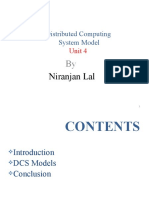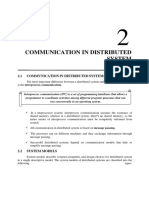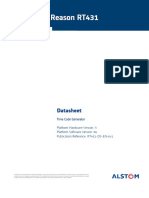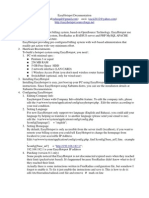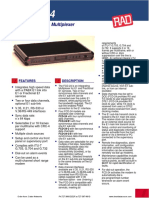0% found this document useful (0 votes)
96 views12 pagesSystem Models of DC
The document outlines five models for building distributed computing systems: Minicomputer, Workstation, Workstation-Server, Processor-Pool, and Hybrid models, each with distinct characteristics and use cases. It also describes the physical, architectural, and fundamental models that provide a framework for understanding the components, structure, and interactions within distributed systems. Additionally, it addresses failure and security models that focus on fault tolerance and safeguarding against unauthorized access.
Uploaded by
yogita.gawdedsCopyright
© © All Rights Reserved
We take content rights seriously. If you suspect this is your content, claim it here.
Available Formats
Download as DOC, PDF, TXT or read online on Scribd
0% found this document useful (0 votes)
96 views12 pagesSystem Models of DC
The document outlines five models for building distributed computing systems: Minicomputer, Workstation, Workstation-Server, Processor-Pool, and Hybrid models, each with distinct characteristics and use cases. It also describes the physical, architectural, and fundamental models that provide a framework for understanding the components, structure, and interactions within distributed systems. Additionally, it addresses failure and security models that focus on fault tolerance and safeguarding against unauthorized access.
Uploaded by
yogita.gawdedsCopyright
© © All Rights Reserved
We take content rights seriously. If you suspect this is your content, claim it here.
Available Formats
Download as DOC, PDF, TXT or read online on Scribd
/ 12











